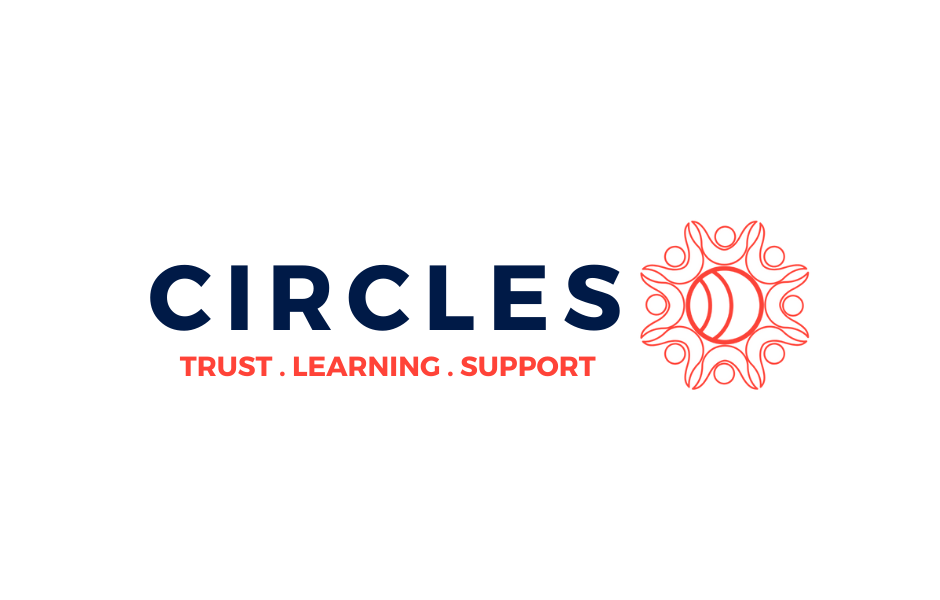In Focus: Using Visuals to Inform, Advocate, and Persuade
Heath Wickline
Communications Officer, Performing Arts, Cyber and Madison initiatives
William and Flora Hewlett Foundation
@hwickline
Monica Ruiz
Hewlett Foundation
Chelsea Takamine
Open IDEO
Key Takeaways:
Visuals surrounding Cybersecurity are lacking and are often reduced to Window’s “blue screen of death”, the mysterious hacker, the fluorescent lock, data code, the cyber bear.
By incorporating Cybersecurity professionals in the visualization process, the way you visualize cybersecurity will change. Artists often changed their initial designs after speaking with cybersecurity mentors. Common practice analogies and metaphors helped designers zero in on the subject matter and increased the quality of their contributions.
Creating a human-centered design process can prevent “thinking in silos.” “Before participating I thought that cybersecurity was such a distant topic. But now, I think anybody could contribute to solving this challenge.”-Designer in open innovation challenge
Diverse perspectives can create deeper understanding and richer visuals.
How do you design a visual metaphor that encapsulates the issues surrounding cybersecurity?
Slide Deck:
Session Summary:
Visuals are important methods of conveying information to the population. A single visual can have the power to raise awareness to key issues in our society. For example, the “Blue Marble” photograph, taken by Apollo 17 in 1974, became the keystone visual for environmental movements across the nation. Visuals are powerful tools but acquiring effective images can be a challenge of its own. The problem with effective imagery is exemplified by cybersecurity visuals. Current visuals in the cybersecurity domain are lacking and repeat the same concepts; the hooded hacker, or the blue digital lock/shield.
Hewlett Foundation partnered with IDEO to fill the gap in cybersecurity imagery. Together, Hewett and IDEO worked with graphic designers in a mentorship process by first asking them to design a cybersecurity image, then redesign it after speaking with cybersecurity experts in order to create an effective, creative image that enhances the public understanding of the issue.
To further this idea, Hewlett and IDEO began an open innovation challenge. The open innovation challenge emphasizes an interdisciplinary and human centered approach. By putting humans in the center of what you are designing for, your visuals will have an increased social impact. Open innovation is a participatory, decentralized approach to design thinking that incorporates transparent and interactive methodologies to prevent working in silos.
There were 209 applications for the open innovation challenge from 14 different countries. Roughly two thirds of designers who applied had little to no cybersecurity knowledge. By incorporating cybersecurity professionals as mentors in the design process, artists were able to refine the design process.
Questions Asked of the Audience:
The speakers asked participants to draw “the first thing that comes to mind when it comes to cyber security” on post-it notes as a warm-up visualization exercise.
Participants were asked to engage in a 3-minute one-on-one interview exercise with multiple partners and ask these questions:
How do you define cybersecurity? How might it impact you or your family? What have you read about cybersecurity in the news? Do you have any personal stories related to cybersecurity? What are some responsible cyber hygiene practices?
The last exercise was to draw what cybersecurity means to you after the interview exercise? How has your visualization of cybersecurity changed?
A compass knowing what’s true or not true for cyber visualization.
Security Blanket, to convey peace of mind
Click on all the boxes that have trees
Person frustrated at a laptop
Questions from the Audience:
Q: Iconography and photos so quickly help us understand what something is. How do you think about cybersecurity in how people pick that up quickly?
A: The place we are starting from is so bad, that simply getting people to think about it in a different way is the starting point. Our hope is that we get some that are a “quick-read” and others that convey a deeper knowledge, around stuff like encryption. To add on to that, we are encouraging people to further develop these images, to capture the policy on this issue.
Q: What’s the cheaper version to find visuals for a non-profit?
A: Bring people together in a room—Hewlett is just hosting some workshops, getting people together in a room and to start ‘doing’.
Q: Can you elaborate on Hewlett’s Images of empowerment photo library?:
A: a lot of the stock images out there are about poverty and suffering. One of the most powerful points of storytelling and imagery is not of trauma but of triumph and making decisions. Transition from fear and trauma to people and safety. Do you tap into greatest fears or tap into opportunity and positive nature. Raising and alarm but not being alarmist. Othering nature of suffering. Empowering inspires much better feedback.
Q: What are 2 maybe 3 best practices of maintaining digital assets?
A: We have a digital asset management system. What you put into it is what you get out of it. In terms of creating libraries, I do think that making sure you are taking the full step back and seeing the upshot of what you want to convey with these images–understand where you are going with these images.
These notes were captured by William Hutson and have been reviewed by the presenters Health Wickline, Monica Ruiz, and Chelsea Takamine.


